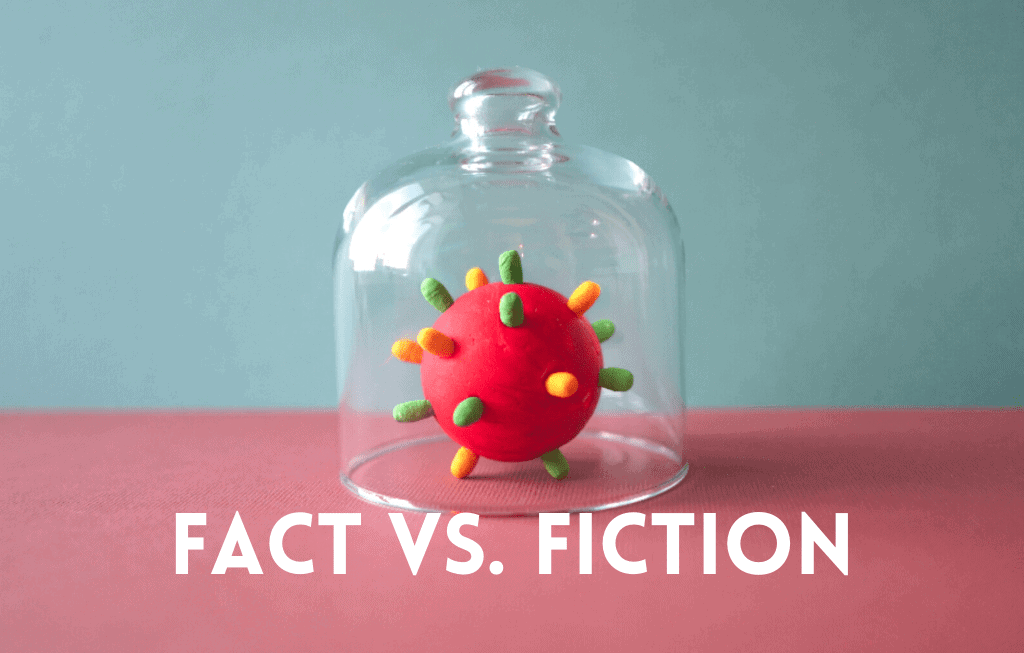Still trying to catch up with current posts. Took time out to send relevant info of Dr. Wolfgang Wodarg to select relatives (I don't bother with others anymore) and concluded with this:
If the war is through us, can we do more to be proactive in pushing back against this torrent of lies and manipulation?So, in a nutshell, this whole thing is being blown way out of proportion and declarations of illness and death are statistically unreliable and unproven as to specific cause. But, let's just go with it and put the entire planet in lockdown while completely destroying the global and local economy! It won't be because of coronavirus-19, but PANICvirus-2020! Maybe Facebook, Twitter, and other social media along with any other mass communication needs all of us to start posting STOP THE INSANITY! Because as too often happens, once the official constraints are put into place, they aren't always lifted after the crisis passes! How many taxes that were supposed to expire after their goal was met were then just rubber-stamped to continue?
"The post-9/11 state of national emergency — declared by President George W. Bush three days after the 2001 terrorist attacks — will continue through the end of the Obama presidency" - it never ended!
"President Trump has become the third president over the course of 16 consecutive years to extend the “temporary state of national emergency” which was imposed in the wake of the 9/11 terror attacks. [...] the “temporary state of national emergency” appears to neither be a real emergency anymore, nor if we’re being honest, anything resembling temporary. It’s just become a permanent extension of presidential power."
Our power-hungry officials/controllers are not going to want to give up their extra power either! Once these controls are enacted, they may very well become a permanent part of a very new, very surreal existence. Is this the future any of us had in mind?





